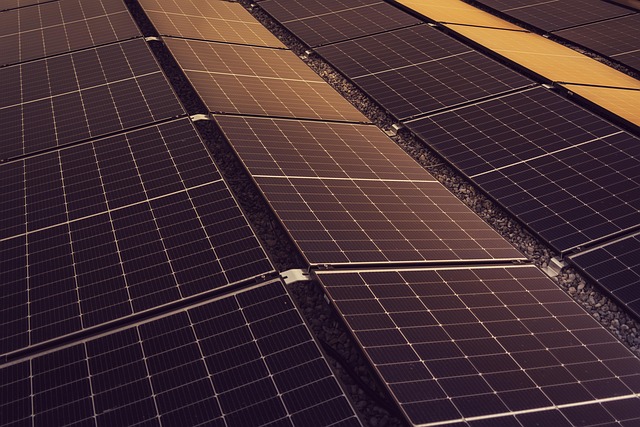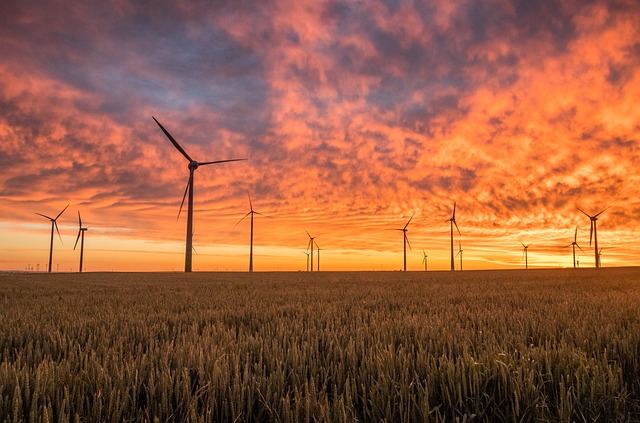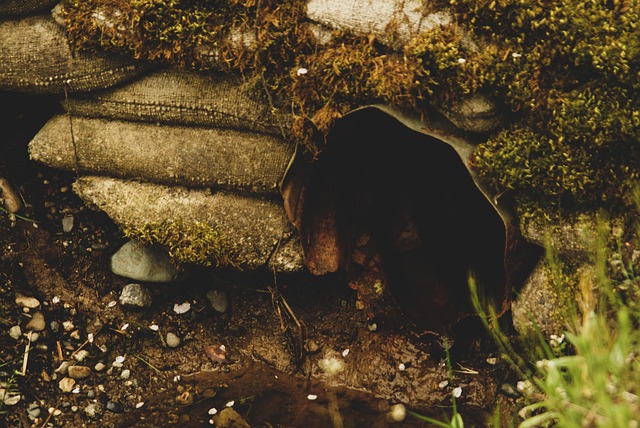Revolutionizing Efficiency: The Benefits of Passive House in Sustainable Development
In today’s world, where the urgency to combat climate change is more pronounced than ever, the concept of a passive house emerges as a beacon of hope for sustainable development. This innovative building standard not only minimizes energy usage but also significantly reduces our ecological footprint, making it an essential aspect of our journey toward a more carbon-neutral future.
The Essence of Sustainable Development
Sustainable development involves meeting the needs of the present without compromising the ability of future generations to meet their own needs. The passive house design principle embraces this philosophy by prioritizing energy efficiency and using resources wisely. Passive houses leverage their design to maintain comfortable indoor climates year-round, thus requiring minimal active heating and cooling systems, leading to lower energy consumption.
Reducing Our Ecological Footprint
One of the most significant contributions of the passive house approach is its ability to drastically reduce our ecological footprint. By focusing on airtight construction, superior insulation, and high-performance windows, passive houses utilize natural ventilation and sunlight to their advantage. This methodology not only supports a healthier living environment but also translates into less reliance on fossil fuels, directly impacting overall emissions and promoting a sustainable lifestyle.
Embracing Green Technologies
The integration of green technologies in passive house design is revolutionary. Innovations such as solar panels, rainwater harvesting systems, and energy recovery ventilation further enhance the energy efficiency of these buildings. As a result, homes designed to the passive house standard can significantly reduce dependency on non-renewable energy sources, paving the way for a future that thrives on sustainable solutions.
Pathway to Carbon Neutrality
The journey toward carbon neutrality hinges on adopting practices that decrease greenhouse gas emissions. Passive house designs offer a practical solution by ensuring that buildings consume far less energy compared to traditional constructions. By maximizing renewable energy sources and minimizing energy demands, we make significant strides toward achieving a carbon-neutral society.
As we embrace the era of sustainability, the importance of the passive house model cannot be overstated. It presents a powerful approach to enhancing efficiency within our built environment, transforming the way we construct, live, and care for our planet. By committing to the principles of passive house design, we embrace a future where ecological responsibility and sustainable living are intricately woven into the fabric of our daily lives.




